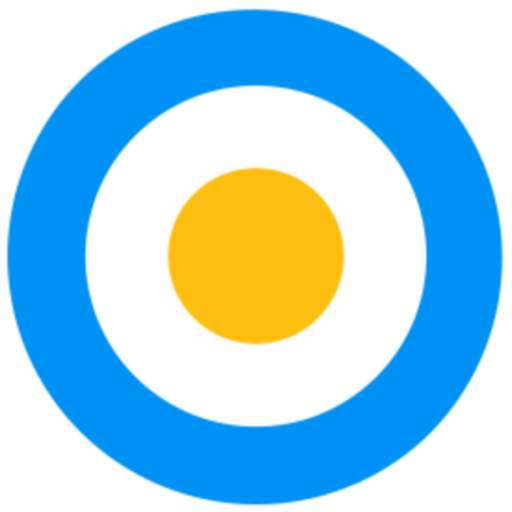What Is Native Advertising?
Native advertising is the concept of creating ads that are so cohesive with the page content, assimilated into the design, and consistent with the platform behavior that the viewer feels the ad belongs there.
Promoted search results and sponsored social media posts are popular examples of native ads. Both formats provide the same kind of value to users as the organic search results and user-generated social media posts.
As consumers become more resistant to traditional forms of advertising, including display ads and banner ads, Fortune 500 brands and consumer startups alike are allocating bigger budgets and more ad spend towards content marketing and non-disruptive ad formats.
The global market for native ads is expected to reach over $402B in annual revenue by 2025.

How do Native Ads Work?
Native ads, a tactic that supports performance marketing, work in terms of supply and demand. On the supply side are publishers, with an audience and reach, looking to monetize their sites. On the demand side are advertisers looking to reach an audience and hit goals around awareness, sales, or lead generation.
When a user visits a website with ad space, a publisher’s supply-side platform (SSP) sends a bid request to a demand-side platform (DSP) which sends back an advertiser’s bid and metadata metrics. The advertiser with the winning bid has their ad shown to the user.

Which Ads are Native and What Do They Look Like?
At the very core of native ads is the concept of placing ads in a relevant and unobstructive context where they natively fit. Native advertising is most likely to look just like all other articles and pieces of content around it, and especially in cases where the goal is brand awareness, you may not see some of the common words you’re accustomed to seeing in advertisements (purchase, subscribe, sign up, etc). See examples of native ads.




